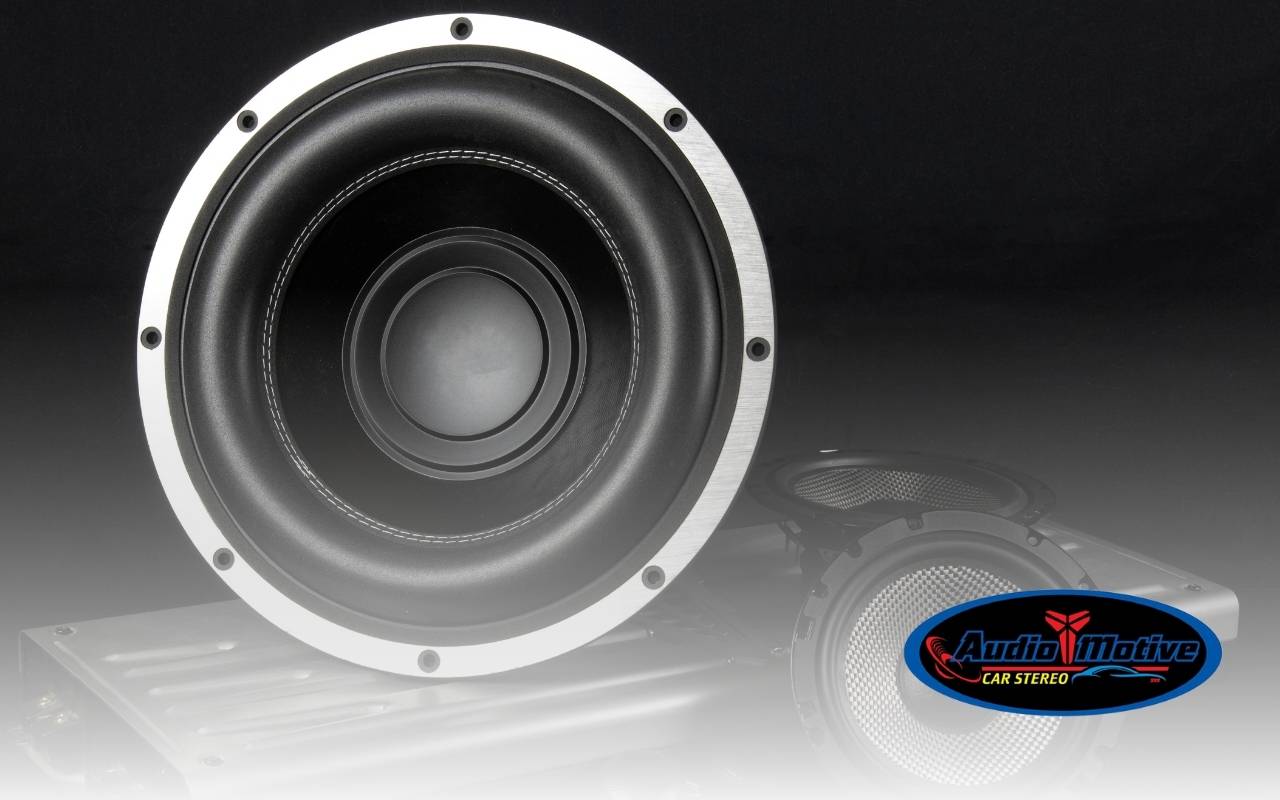
The moment you step into a room filled with immersive music, you realize the power of design. Yet, achieving perfection feels overwhelming without guidance. Many settle for systems that amplify noise rather than deliver clarity. This is where stereo system design tips make a difference. They elevate audio beyond listening, into a world where sound becomes art. Speakers, components, and acoustics transform ordinary playback into extraordinary experiences. Let’s explore how thoughtful design creates sonic harmony and resonance.
Understanding the Basics of Stereo System Design
Stereo system design tips begin with understanding how two-channel audio works. Left and right channels recreate spatial cues, producing realistic soundstages. Correct impedance, amplifier compatibility, and frequency balance avoid mismatches that can distort music. Signal flow matters too: sources pass through DACs, preamps, and amplifiers before reaching speakers. Preserving purity at every stage minimizes noise and distortion. Starting with these stereo system design tips ensures solid foundations for future upgrades and harmonious performance.
Choosing the Right Speakers for Your Space
- Bookshelf speakers suit small rooms with detailed imaging.
- Floorstanding towers excel in larger rooms with dynamic range.
- Sensitivity ratings determine required amplifier power.
Room size, aesthetics, and layout all influence speaker choice. Finishes and materials matter as much as driver performance. Integrating stereo system design tips in your decision ensures both sound quality and visual harmony.
Optimal Speaker Placement Techniques
- Create an equilateral triangle with listening position and speakers.
- Adjust distance from walls to control bass response.
- Experiment with toe-in for sharper focus and clarity.
Speaker elevation to ear level improves accuracy. Minor adjustments deliver significant improvements. Applying stereo system design tips here ensures immersive, balanced sound tailored to your preferences.
The Role of Amplifiers in Enhancing Audio Quality
An amplifier provides clean power to your speakers, ensuring dynamics without distortion. Mismatched output and impedance reduce performance or cause damage. Integrated amplifiers combine stages for convenience, while separates offer flexibility and upgrades. Solid-state designs provide accuracy, tube amplifiers deliver warmth, and hybrids blend both. Following stereo system design tips guarantees amplifiers complement your speakers instead of limiting performance.
Selecting the Ideal Components for Your System
Every stereo setup depends on components working together. High-quality DACs eliminate noise and improve resolution. Preamps offer control and connectivity. Cables, though simple, reduce interference when well-shielded. Sources like turntables require phono stages, while digital streamers benefit from network connections. Power conditioning safeguards against electrical issues. Applying stereo system design tips ensures each part supports a coherent audio chain.
Room Acoustics and Its Impact on Sound Quality
Acoustic treatment refines how sound interacts with your room. Panels reduce reflections, carpets soften floor bounce, and diffusers preserve ambience. Bass traps control low frequencies. These adjustments, guided by stereo system design tips, align potential with reality, making playback clearer and more accurate.
Incorporating Subwoofers for Deep Bass
Subwoofers extend bass, adding impact and depth. Corner placement boosts output but risks boominess. Testing along the wall reveals balanced spots. Crossover and phase adjustments ensure seamless blending with main speakers. Using stereo system design tips guarantees subs enrich sound without overpowering it.
Fine-tuning Your System for the Best Audio Experience
Calibration ensures harmony among components. Measurement tools expose imbalances, while equalizers correct only major issues. Listening tests confirm accuracy. Minor adjustments enhance depth and coherence. Regular re-evaluation keeps performance sharp. Treat stereo system design tips as ongoing practices, not one-time steps.
Creating a Seamless Integration with Smart Home Technology
Smart integration expands convenience. Multi-room platforms stream to different zones. Compatibility with AirPlay or Chromecast ensures easy expansion. Voice control simplifies daily use. Automation routines further enhance usability and efficiency. Integrating stereo system design tips with smart systems merges technology and art.
FAQs on Stereo System Design
Do stereo system design tips apply to small rooms?
Yes, they do. Small spaces benefit greatly from correct speaker choice and placement for clarity and detail.
How important are cables in a stereo system?
They are vital. Good cables preserve signal quality, minimize interference, and complement other components effectively.
Can I use stereo system design tips for home theaters?
Absolutely. The same principles enhance surround setups, ensuring balanced sound and immersive experiences across channels.
What role do amplifiers play in design?
Amplifiers supply clean power. Correct pairing with speakers ensures dynamics, detail, and overall performance remain consistent.
Should room acoustics be considered early?
Yes, always. Treating acoustics early maximizes component performance and creates balanced sound tailored to your environment.
Elevate Your Audio Experience with Thoughtful Stereo System Design
Every element shapes your audio journey. Speakers, amplifiers, acoustics, and technology unite into a symphony of sound. By embracing stereo system design tips, you unlock equipment potential and create immersive experiences. For expert car audio system planning, you’ll find resources to guide setup. Explore helpful car audio installation tips or discover plug and play car audio options. Ready to transform your system? Reach us through our contact page today.
